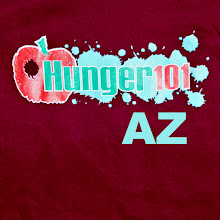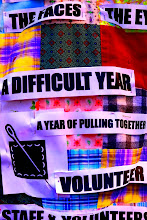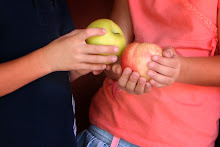 INTERACTIVE WEBSITE DETAILS THE LIVES OF CHILDREN OF IMMIGRANTS -- The most comprehensive interactive resource exploring the lives of the nation’s 16.4 million children with foreign-born parents debuts today on www.urban.org, the website of the Urb...an Institute.
INTERACTIVE WEBSITE DETAILS THE LIVES OF CHILDREN OF IMMIGRANTS -- The most comprehensive interactive resource exploring the lives of the nation’s 16.4 million children with foreign-born parents debuts today on www.urban.org, the website of the Urb...an Institute. The Children of Immigrants Data Tool enables users to generate charts of the characteristics of children 0 to 17 nationwide and for individual states
Source: The Urban Institute, Simona Combi, (202) 261-5709, scombi@urban.org
Data Tool Website: http://datatool.urban.org/charts/datatool/pages.cfm
















